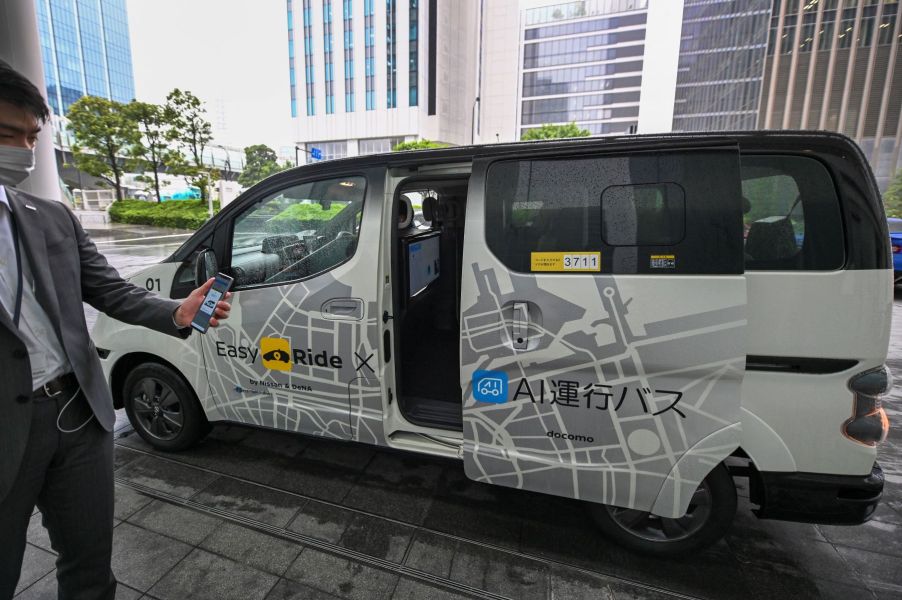
Self-Driving Technology Is Not Free
Who would’ve thought that mathematical formulas would pave the way for self-driving/autonomous vehicles? It has, and here we are, a few years into the semi-autonomous driving features, and it only gets better and better as time goes on.
However, according to the website Cars, this kind of technology isn’t cheap. In fact, it can get pretty expensive to use. What can we expect to pay to have this kind of convenience in our cars?
What does self-driving entail?

The Society of Automotive Engineering (SAE) came up with a rating system to tell where a vehicle is when it comes to the level of automation it offers in driving. It starts at level 0, where there’s no automation offered at all in steering or accelerating the car.
The first level gives you a little bit of driver’s assistance technology, increasing as you go up the rating system. The last level, which is five, gives you full self-driving with no input from the driver at all. No vehicle currently on the market is categorized at this level.
Self-driving enables the car to handle steering, braking, and accelerating all on its own. Most vehicles we see on the road have one of these technologies, but not all. For safety reasons, the driver must still be vigilant when driving in case something comes up that the car doesn’t handle on its own.
How much will it cost to drive an autonomous EV?
Some of the vehicles we see today fall pretty much in the level two range, which offers a healthy blend of self-driving or driver’s assistance features. The cost of using this advanced technology isn’t cheap. As for the price tag, however, each automaker has a different view of what it’s worth.
Ford/Lincoln has its BlueCruise tech, which offers hands-free driving in certain areas, called Blue Zones. To accompany self-driving, it adds adaptive cruise control, lane-centering steering, and speed sign recognition.
The Mustang Mach-E and the F-150 will receive software updates on the Co-Pilot360 feature to accommodate this technology later this year. The cost will be $600 for the software and around $2,600 for the hardware on the Mach-E. For Ford’s F-150, the price will total $1,595 for both software and hardware components.
Elsewhere, General Motors has its Super Cruise technology, which uses lane-centering steering, and adaptive cruise control for its self-driving feature. This technology is planned for some of its upcoming 2022 models. Like Ford, the price varies with the model.
The Cadillac Escalade will run you another $2,500, where the Chevy Bolt adds $2,200 to the price for a three-year subscription. After the initial three years, there will be a subscription you will have to start using to continue having the self-driving features. That will run approximately $25 a month for eligible vehicles.
Tesla’s EV self-driving price
Tesla, who brought popularity to automated driving technology, doesn’t offer it for free either. Its Autopilot program uses a series of cameras and sensors to operate the vehicle with minimal driver input. However, the driver is expected to continue paying attention like you would if operating all the components in the car yourself.
The automaker also has its FSD or Full Self-Driving technology. It’s meant to be rated at Level 4 or 5 of the SAE scoring system for autonomous driving. However, Tesla’s full self-driving feature only happens under certain circumstances, so there still needs to be a driver overseeing everything happening.
To add FSD to your Tesla, you have two options. You can pay a lump sum of $10,000 or, if you want to try it out for a while before committing to it, you can pay a monthly fee of around $199. Those with Autopilot equipped vehicles will pay $99 a month for a subscription to the service.
Self-driving technology appears to be the wave of the future, but we still have some way to go before a vehicle can fully operate itself with no driver input. In the meantime, we can enjoy what each automaker has produced to make driving safer and more accessible. However, expect to pay for that convenience.


